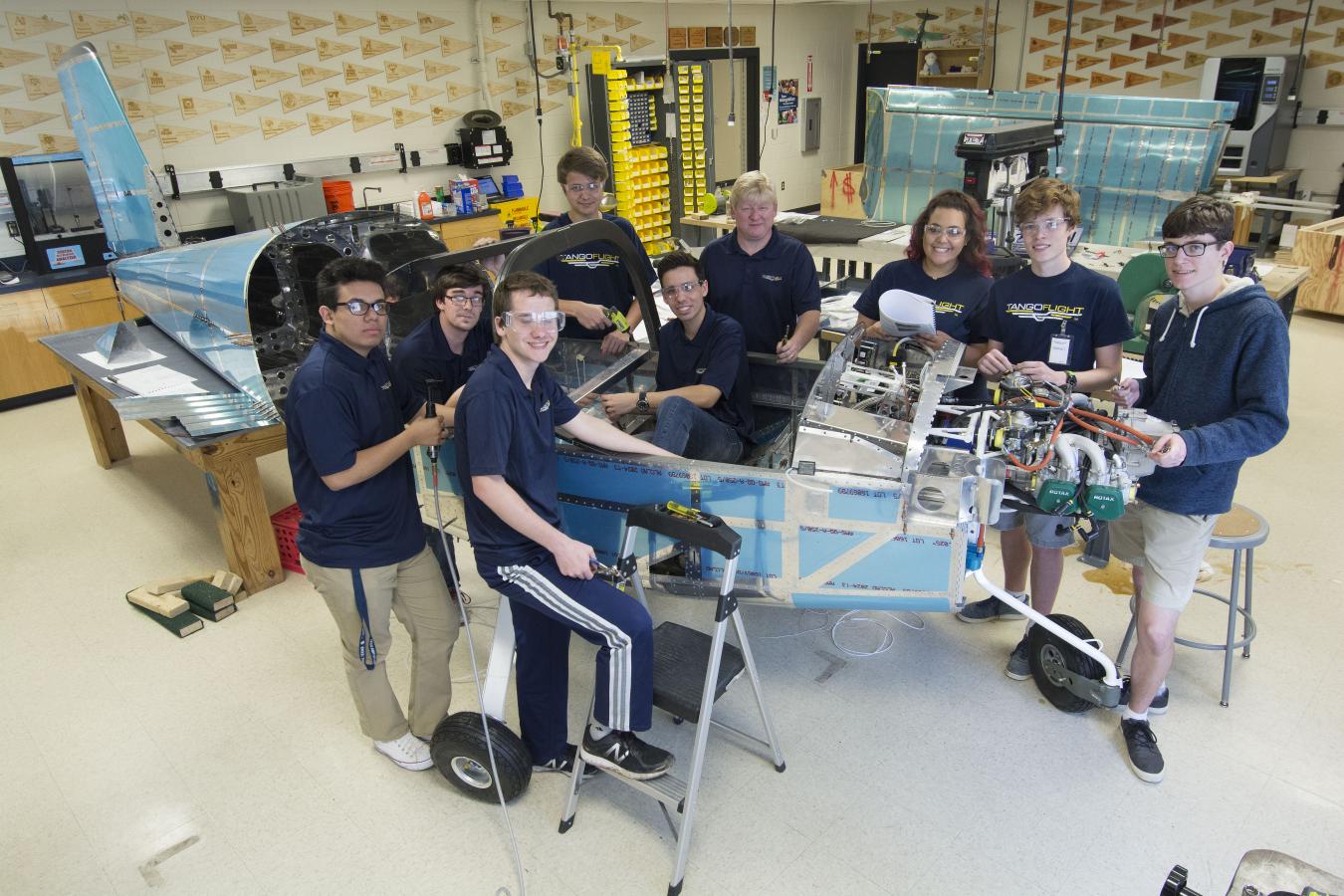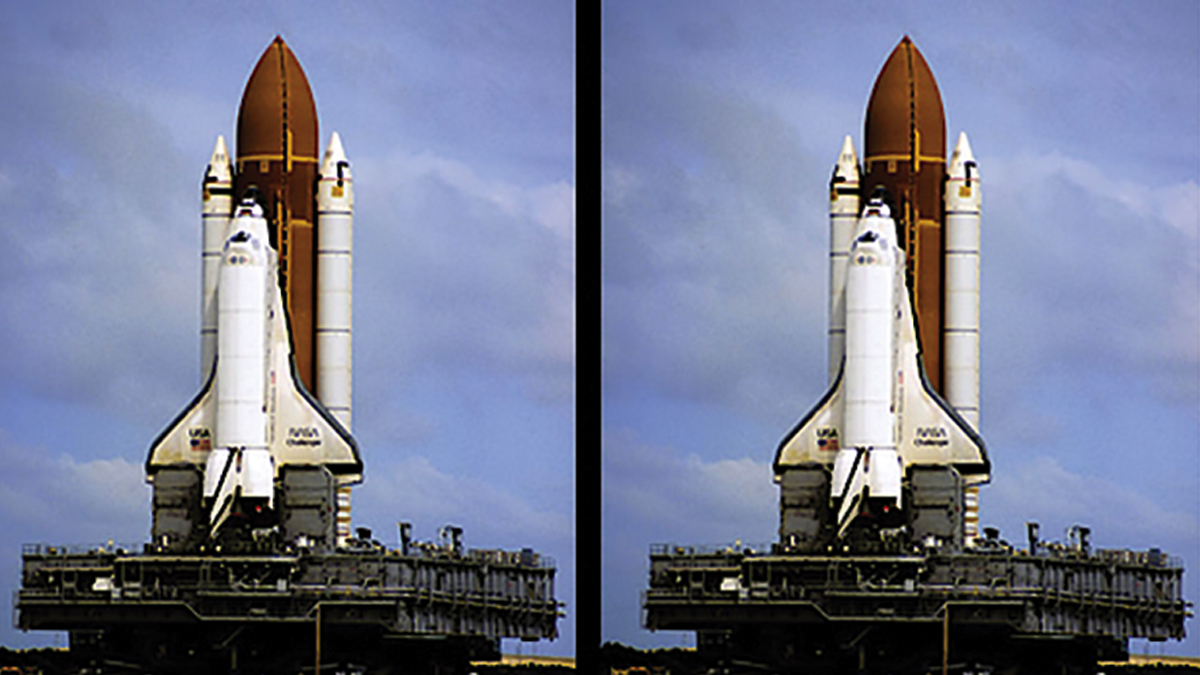Classic Lessons 2.0
Directed inquiry and three-dimensional learning
Heat and energy concepts
Classic Lessons 2.0
STEMonstrations aboard the International Space Station
Newton’s Second Law
Science Scope—February 2020 (Volume 43, Issue 6)
By Becky Kamas
Interdisciplinary Ideas
Data literacy 101
What can we actually claim from our data?
Science Scope—February 2020 (Volume 43, Issue 6)
By Kristin Hunter-Thomson
Feature
Just Say No!
Teaching Students to Resist Scientific Misinformation
The Science Teacher—January 2020 (Volume 87, Issue 5)
By Andrew Zucker, Pendred Noyce, and Andrew McCullough

Idea Bank
Picture This
Everyday photos help explain complex ideas and concepts
Teacher Spotlight
Teacher Spotlight: Wendy Frazier
Santa Fe High School, Santa Fe, Texas
Citizen Science
A Coat of Many Colors
Explore Evolution in Action With Squirrel Mapper Citizen Science
Current Science Classroom
Best Science Books of 2019
FOCUS ON PHYSICS
Emphasizing Physics Concepts With Cartoons, Part II
The Science Teacher—January 2020 (Volume 87, Issue 5)
By PAUL G. HEWITT
NSTA Reports
Learning STEM by Building Airplanes
subtitle
By author








